The Disappointing Reality of “The Medium”: A Critical Look
“The Medium” is a horror film that plunges into the world of shamanism in the Isan region of Thailand, centering on a family whose members are seemingly possessed by malevolent spirits.
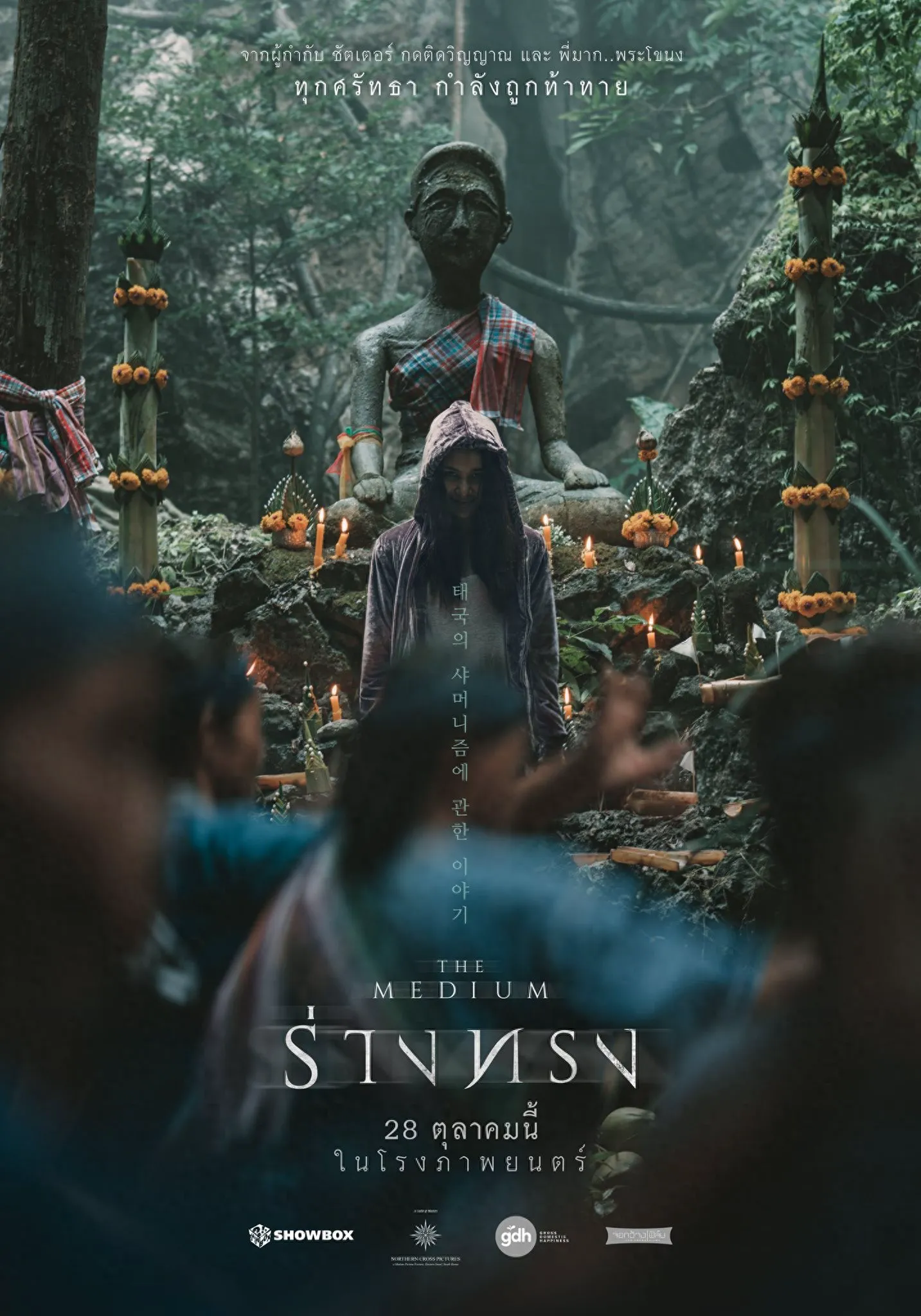
So, why the negativity? Simply put, “The Medium” suffers from a crippling lack of logical coherence, making its two-hour runtime feel like an eternity of narrative missteps.
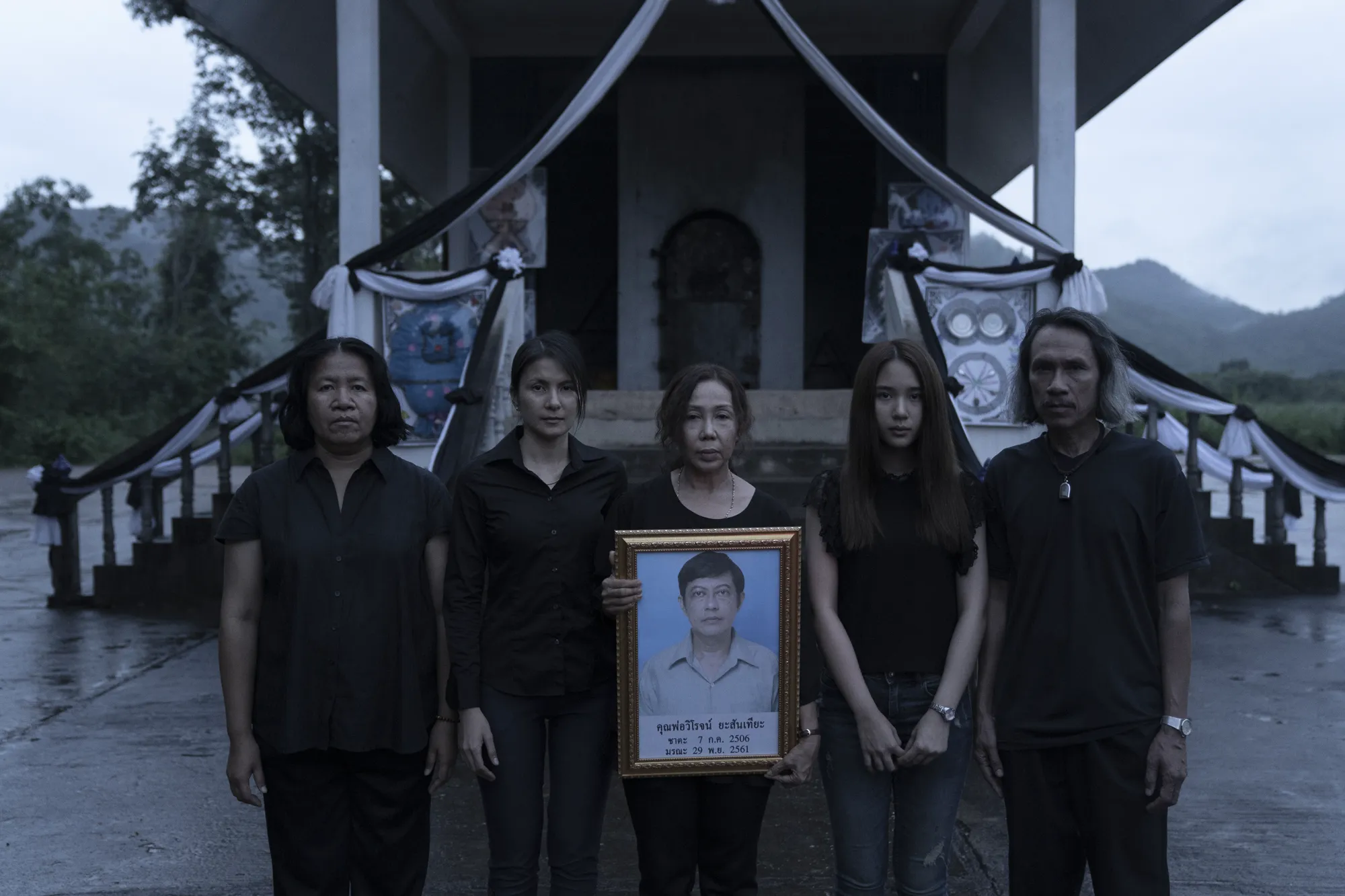
My immediate thought after watching “The Medium” was: everyone who filmed this is supposed to be dead. Then how did all the footage, shot by different teams with different cameras, complete with flashbacks, varying shot sizes, establishing shots, and even material from other devices, get so meticulously pieced together for the audience? Was it the work of the benevolent Bayan spirit, or perhaps the demon-ridden Amin herself doing the post-production? We’ll never know.
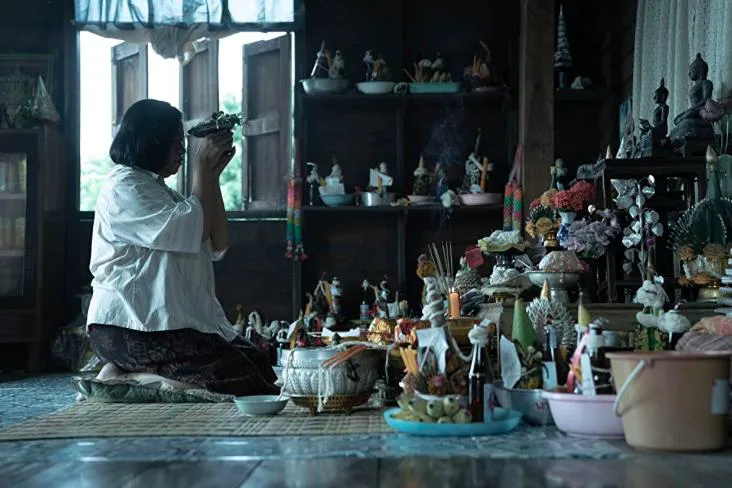
The Found Footage Failure
As a found-footage horror film aiming for immersive realism, “The Medium” fails spectacularly. It neither maintains a consistent subjective viewpoint nor creates a believable internal timeline. Consequently, many viewers experience neither terror nor a sense of documentary authenticity. The latter half, in particular, with its scenes of photographers calmly filming while being devoured by demons, elicits more unintentional comedy than fear. This fundamentally contradicts the very essence of the found-footage format.
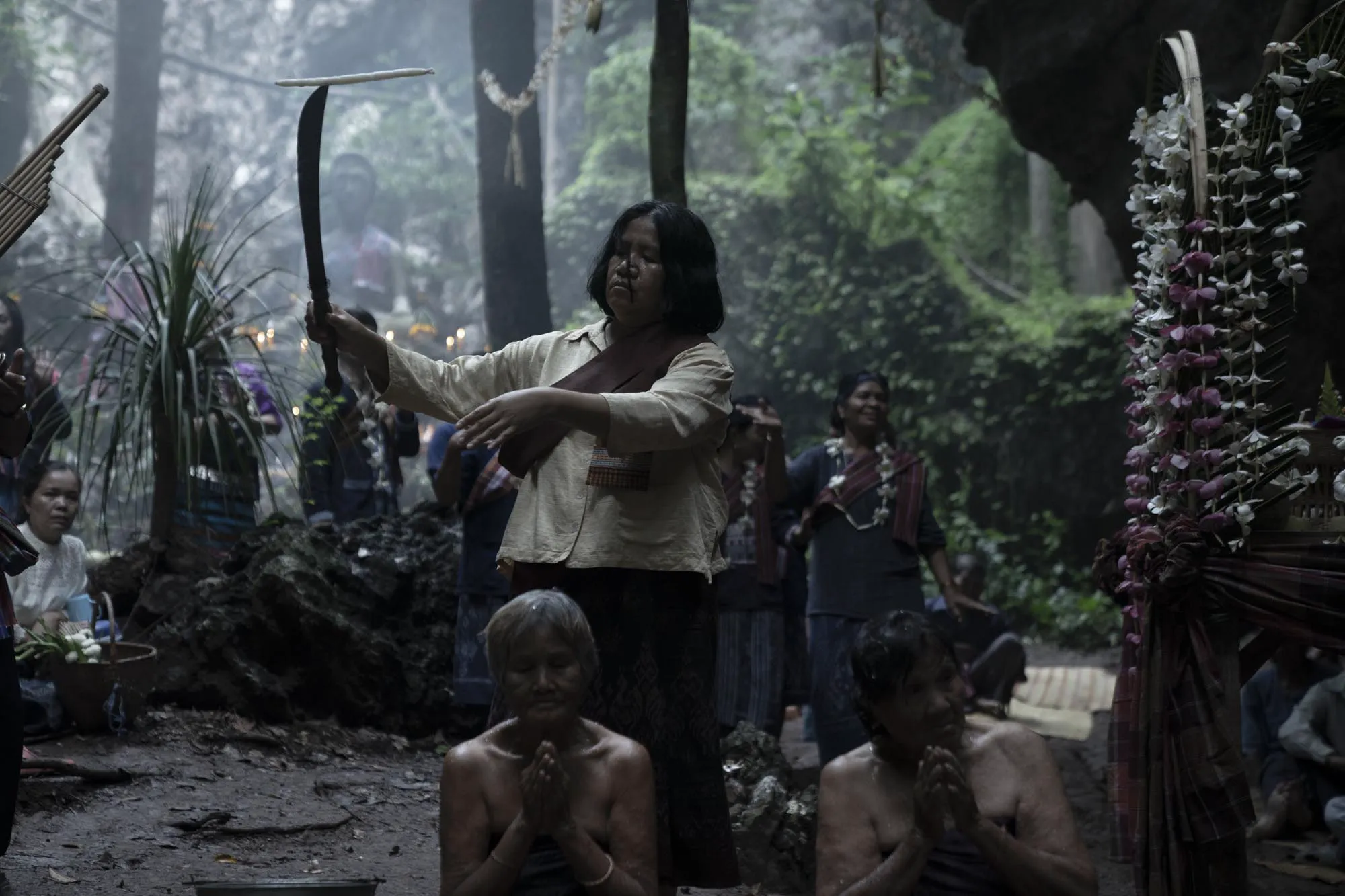
The Genre’s Inherent Problem
The eternal challenge for found-footage horror is justifying why characters, in the face of terrifying supernatural events, would continue filming instead of fleeing for their lives. This is an inherent flaw in the genre, akin to the grandfather paradox in time-travel sci-fi. This applies to serious found-footage films, and “The Medium” certainly doesn’t seem to be aiming for comedic absurdity.
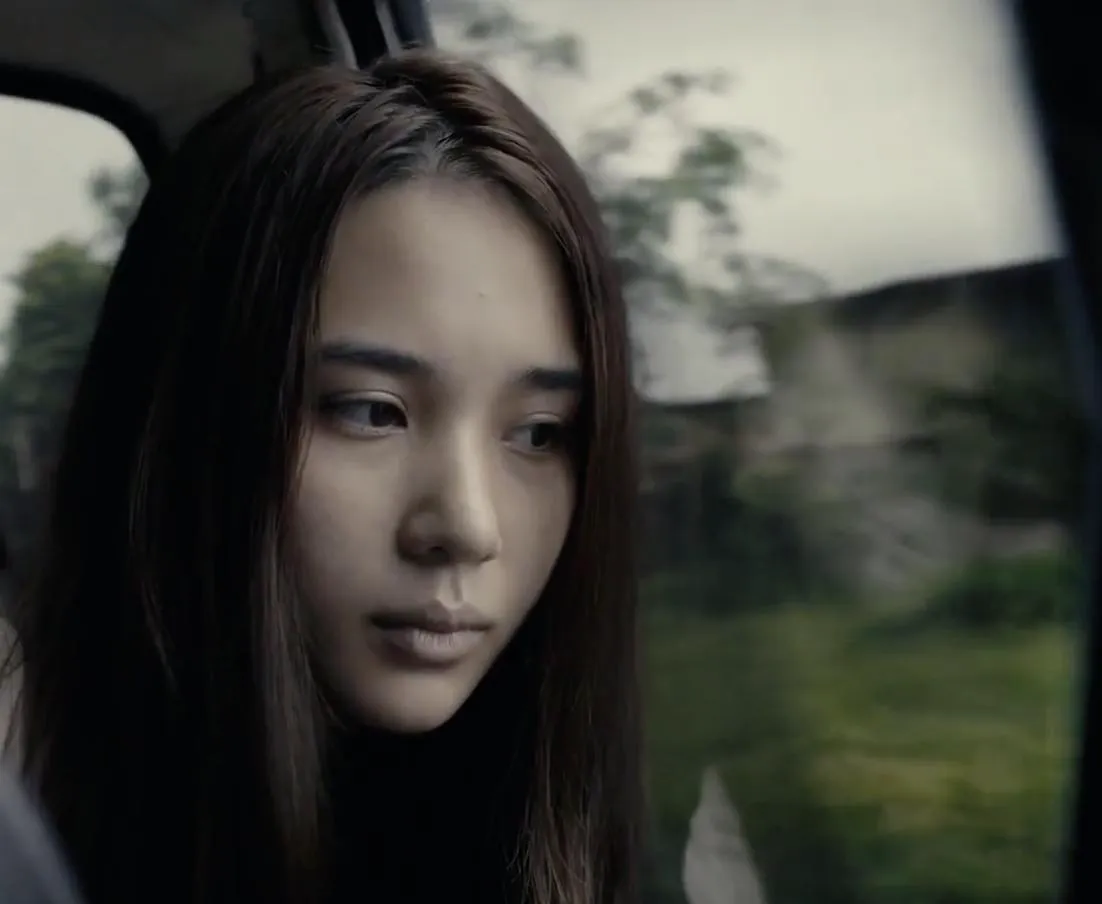
Many have drawn comparisons to classic found-footage films like “The Blair Witch Project,” “REC,” “Paranormal Activity,” and “He Who Dares,” all of which grapple with the aforementioned issue.
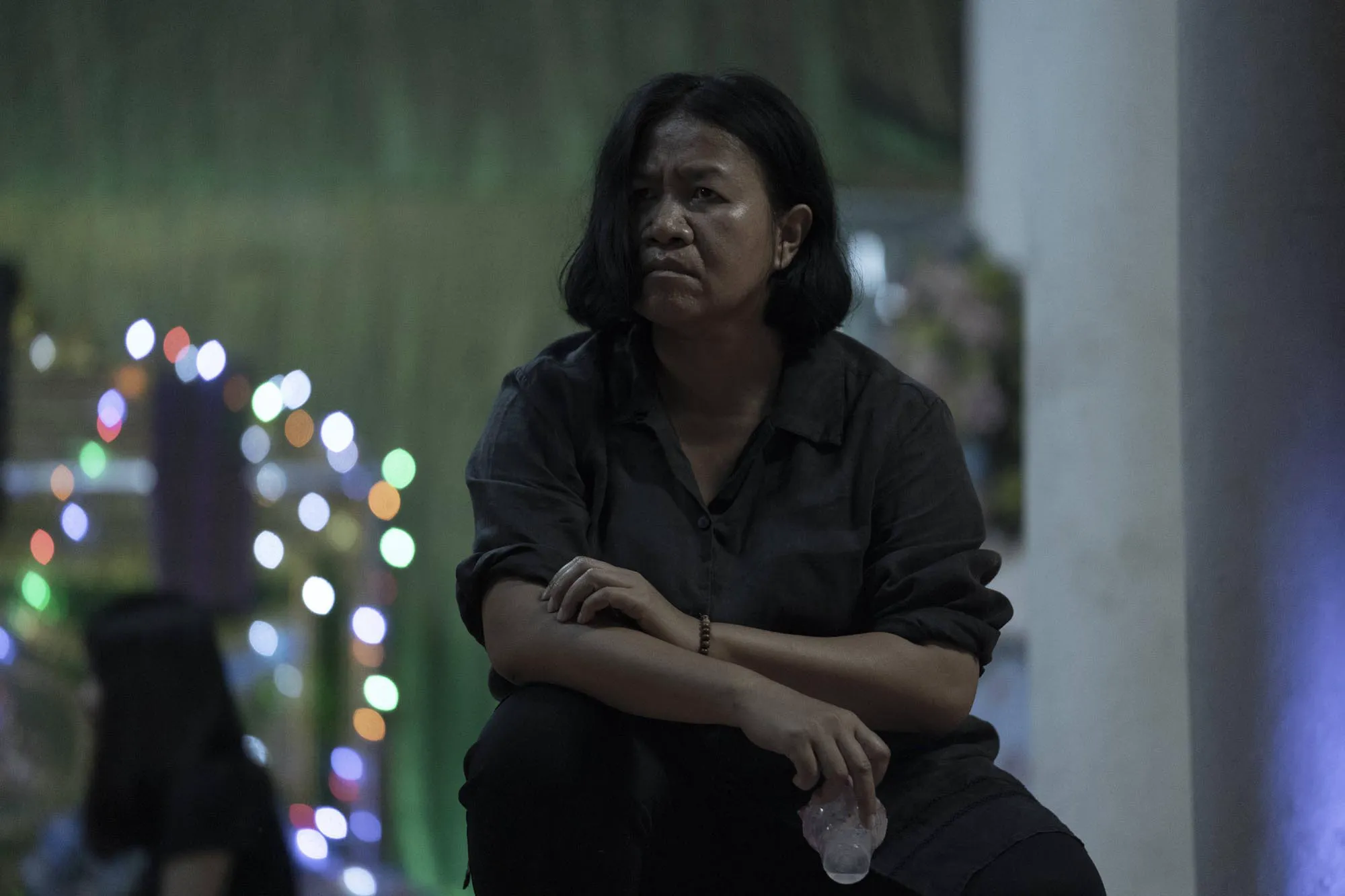
The Korean film “Gonjiam: Haunted Asylum,” with its use of wearable cameras and live streaming, offers a more plausible explanation for the characters’ unwavering dedication to filming. The “curiosity killed the cat” trope also helps justify their refusal to leave. In my opinion, “Gonjiam” is one of the most logically sound entries in the genre.
“The Medium,” however, released in 2021, completely ignores the issue of plausibility.
While older found-footage films were limited by technology, they at least adhered to the principles of maintaining a subjective viewpoint and a continuous timeline. Despite the shifting cameras, the perspective remained consistent, guiding the viewer throughout. Editing could compress time, but the camera would always be shown turning off and on, preserving the illusion of a closed, linear timeframe. This enhanced the viewer’s sense of participation and tension, allowing them to experience the horror and sensory stimulation. The film’s post-release coherence could then be forgiven. Only by addressing these fundamental issues can we begin to discuss the film’s thematic content. How can we analyze something that may not even exist believably?
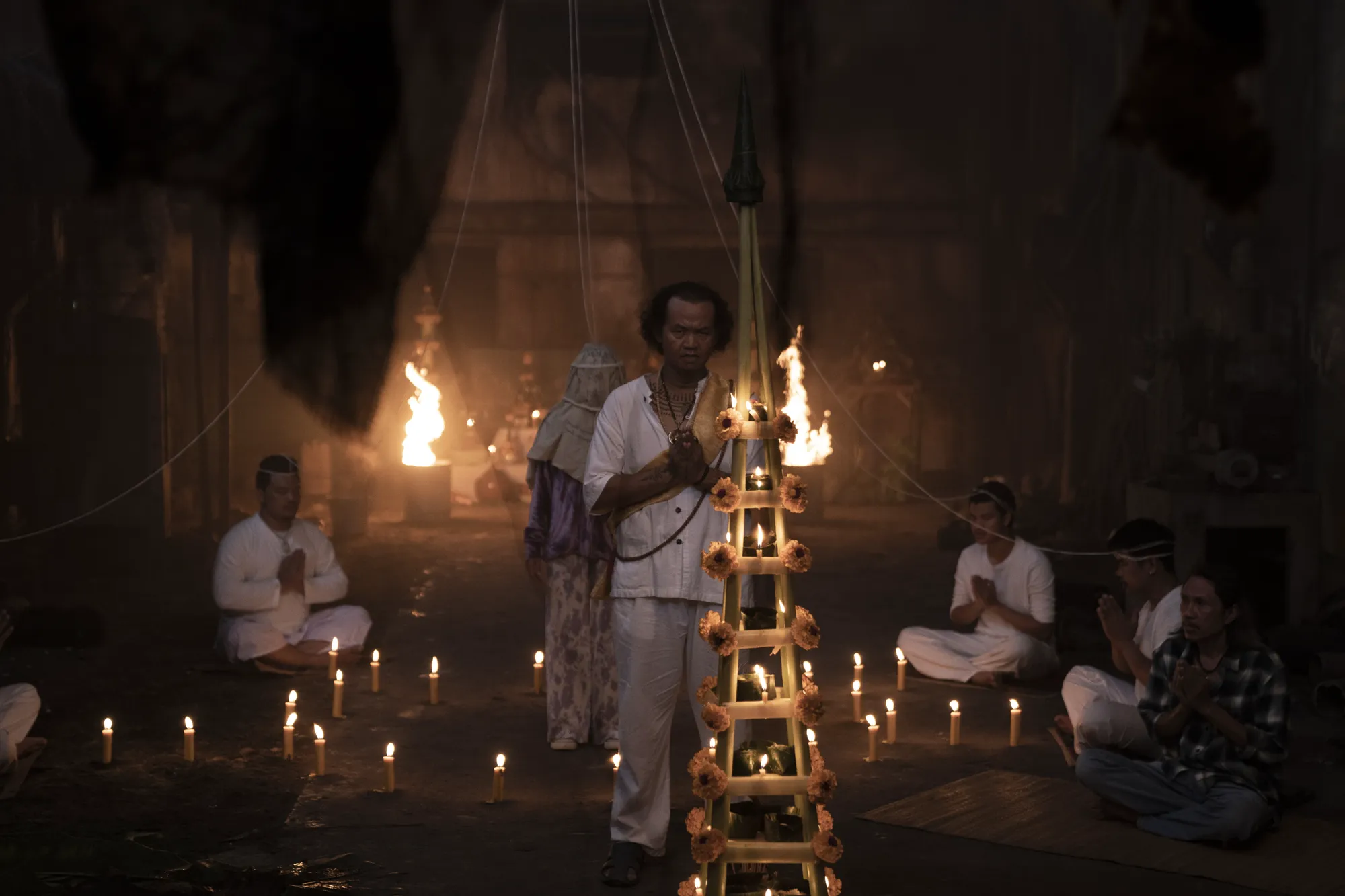
Missing the Point
Many discussions surrounding “The Medium” focus solely on its themes of family, faith, the supernatural, and the unknown, completely disregarding the film’s fundamental lack of plausibility and logical consistency as a piece of cinematic storytelling. The lengthy discussions about Southeast Asian mythology often feel like little more than regurgitated search engine results.
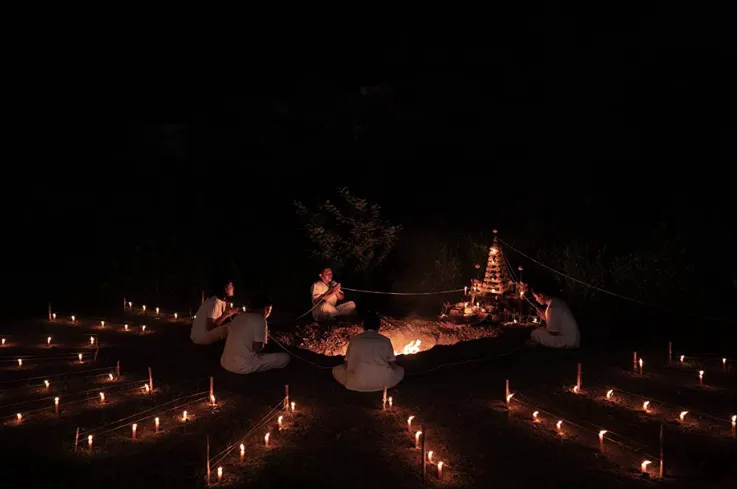
Some argue that “The Medium” shares thematic similarities with Na Hong-jin’s “The Wailing,” depicting a battle between various supernatural forces. I agree with this assessment, given that both films share the same writer. However, in terms of its execution and final product, “The Medium” inadvertently evokes the comedic spirit of “One Cut of the Dead,” with the filmmakers’ repeated attempts at capturing footage resulting in unintentional humor. This may stem from a disconnect between the Thai and Korean teams, a misinterpretation of the script between East and Southeast Asian perspectives.
Why “The Medium” Fails as a Documentary
Here are a few key reasons why “The Medium” is an implausible documentary:
The Disappearing Protagonist
The film begins with the intention of documenting the life of Nim, a shaman, and following her perspective as her family experiences a series of supernatural events. However, Nim inexplicably vanishes for days, even dying at home unnoticed by her family and fellow demon fighters.
Confused Perspective
The film’s perspective shifts erratically with the bumbling film crew, who deviate from the main storyline, deserving their unfortunate fates.
Unnecessary Establishing Shots
These shots, typically used in objective filmmaking, disrupt the continuous timeline of a found-footage film. Who thought it was a good idea for the dedicated cameraman to suddenly jump from Nim’s car to a mountaintop for a wide establishing shot? Or to switch to a different shot size with an establishing shot during a scene of demonic possession? Did the director and cinematographer negotiate with the demons for a better angle? “Excuse me, demon, can you hold still for a wide shot?” This is supposed to be a documentary, where time is presented as continuous. It’s as if the filmmakers were trained in the art of creating aesthetically pleasing cooking videos, believing that constantly breaking the timeline with various shots is the key to a true documentary.
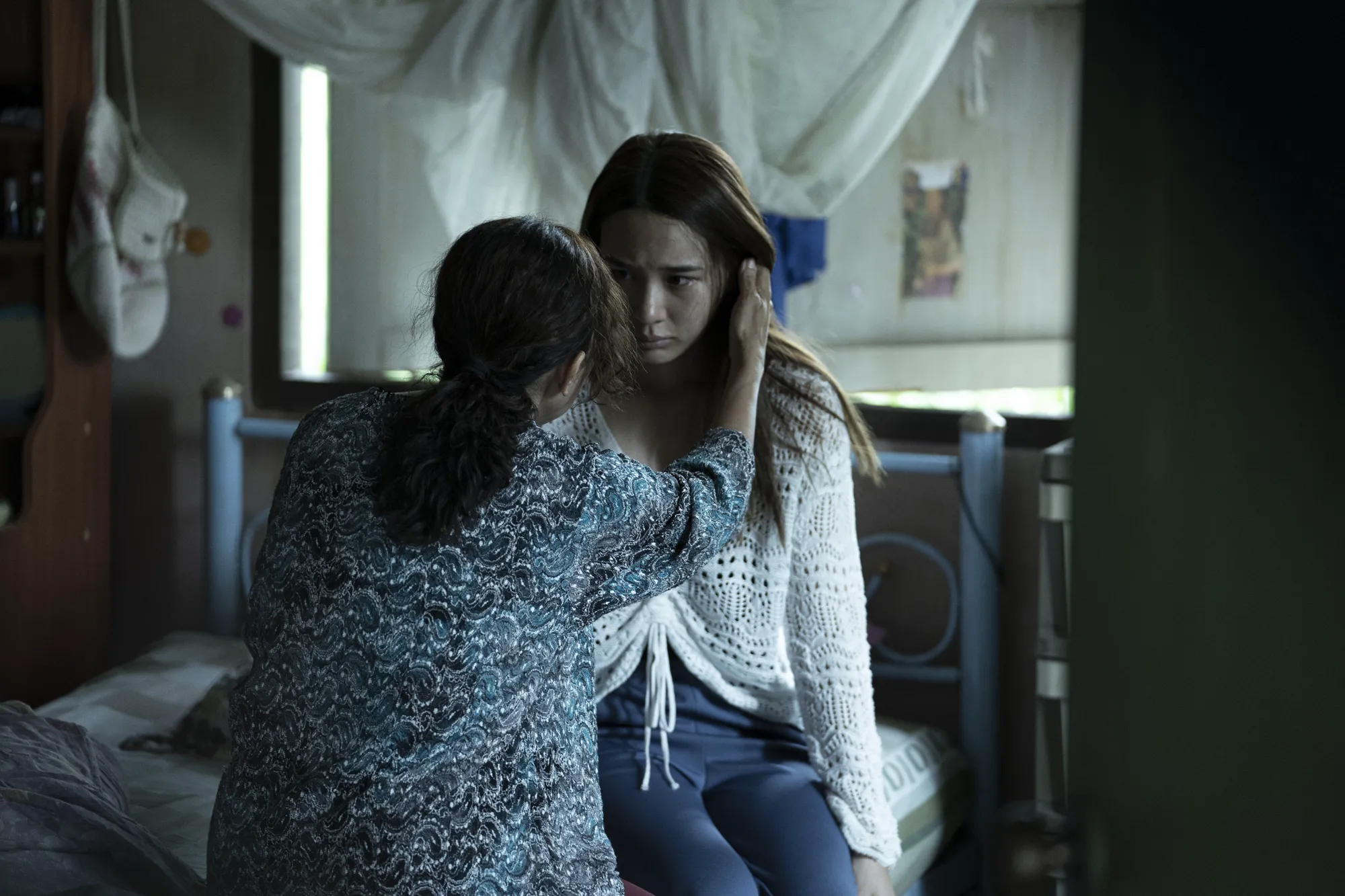
The Inclusion of Flashbacks
“The Medium” features a scene where Amin’s friend recalls her unusual behavior, accompanied by a flashback to a video of Amin at a playground. How can this interview footage appear in a real-time documentary? And what about the surveillance footage of Amin engaging in sexual acts and being possessed by demons?
A film typically undergoes a process of footage acquisition, editing, sound design, and color correction before being presented to an audience. A found-footage film, however, is supposed to skip these post-production steps, giving the impression that the viewer is watching raw, unedited footage straight from the camera.
I can only imagine the final production team of “The Medium”: the benevolent Bayan spirit, along with other malevolent entities, possessing the deceased film crew members, gathering all the footage, and skillfully employing montage in the editing room, even arguing over a single shot of Amin’s exposed breast.